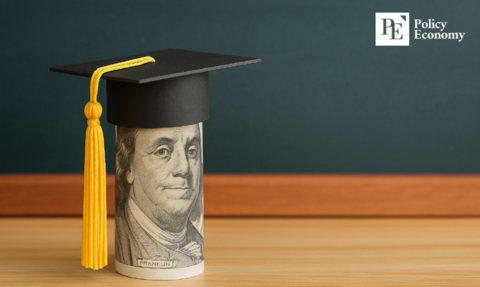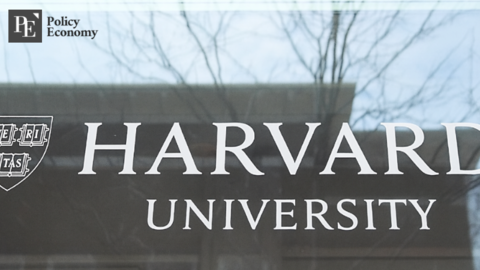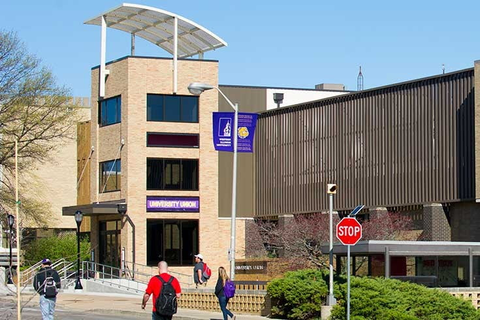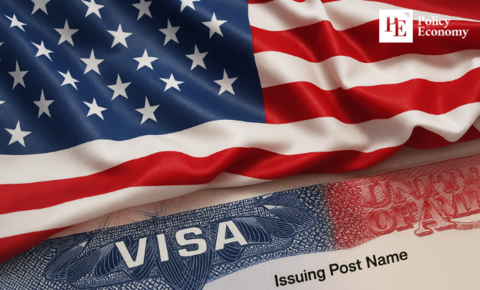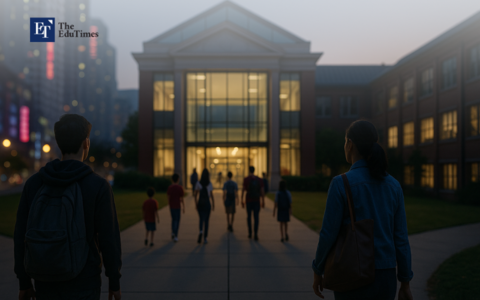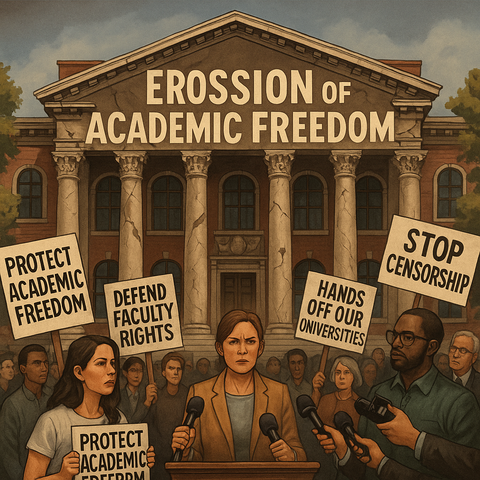U.S. Universities Experience Increase in Applications
Input
Modified
This year, the University of California received 249,855 applications for at least one of its campuses, a 0.5 percent increase from that of last year. The percentage of applications from underrepresented populations, among the applicants from California, increased a little by 0.4 percent from 45.1 percent to 45.5 percent. Specifically, the number of African American applicants rose by 2.8 percent (235 more applicants) while Latinx applications increased by 4.1 percent (1,989 more applicants).
However, the increasing trend in application numbers is not limited to schools in California. For instance, Florida State University has received more than 74,000 applications, breaking the last year’s unprecedented application number of 66,033.
Such a sharp increase in application numbers may be due to large increases in applications from underrepresented minority (URM) and first-generation students. The number of applications from URM was up by 17 percent compared to the 2019–20 admission cycle while the number of first-generation applicants rose by 21 percent. It is especially stark to see that the number of first-gen applicants increased almost twice as quickly as that of the other applicants did during the same time frame.
One of the breakdowns provided by the Common Application is particularly interesting: by college selectivity. Most public and private institutions with selective admissions experienced an increase in enrollments, not simply applications. On the other hand, many other colleges saw a drop in enrollment.
According to the Common App, highly selective institutions accept fewer than 50 percent of applicants, more selective colleges admit somewhere between 50 and 74 percent of applicants, and less-selective colleges offer admissions to 75 percent or more of applicants.
The most significant gains were seen in the most prestigious universities, with a 25 percent increase in two years. During the same period, both more selective and less-selective colleges increased by 17 percent.
Read More: Covid Brings All-time Low Acceptance Rates


